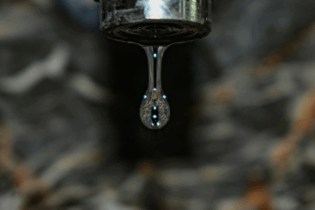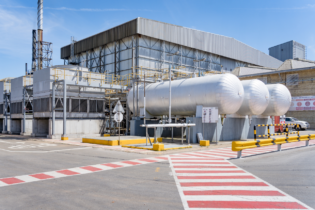The people of South Africa and Lesotho are already reaping the benefits of Phase I of the Lesotho Highlands Water Project (LHWP), says the Department of Water (DWA).
Phase I involved the construction of the 72MW ‘Muela Hydropower Station. Under Phase II, the hydropower generation capacity of the scheme will be increased. In addition the 1200 MW Kobong Pumped Storage Scheme is part of the bi-national Phase II agreement and is currently still in the feasibility phase. “Phase II promises benefits beyond the increased water and electricity supply. These include economic benefits such as a growing market as a result of the expected influx of people during construction, more employment opportunities, capacity building and skills development,” the DWA said in a statement. Phase II is scheduled to commence with the construction of advanced infrastructure projects in 2015. It includes the construction of a dam at Polihali and the Polihali to Katse transfer tunnel, with a significant investment into improving road infrastructure and associated environment and social programmes, which will benefit the communities in the project area.Delivery of water and hydroelectricity generation by Phase II is expected in 2022. The project, which is expected to take approximately 10 years to complete, is a further step in the process of securing an independent electricity source for Lesotho that will meet the country’s electricity requirements.
Phase II is expected to ensure another source of reliable water supply to South Africa by 2022 that will meet the demands of the Gauteng region, increasing the current supply rate of 780 million m3 per annum from the LHWP to the Vaal System by approximately 465 million m3 to make a total of 1255 million m3 per annum. The DWA is expected to host a briefing today in Gauteng on information relating to the schedule, procurement and contracts pertinent to the design and construction of the advance infrastructure, the dam and tunnel and social and environmental programmes.







